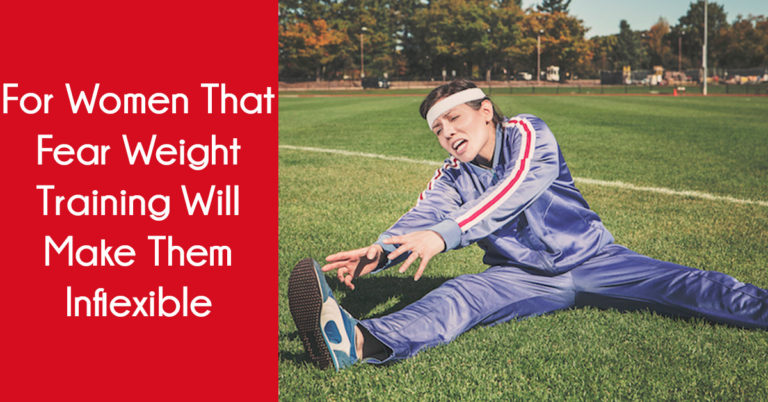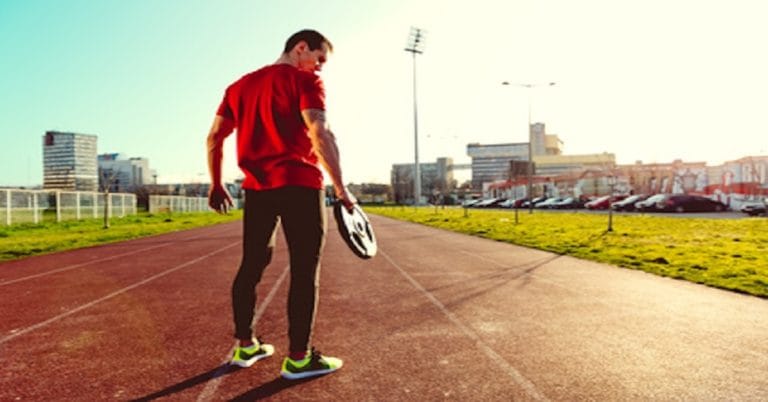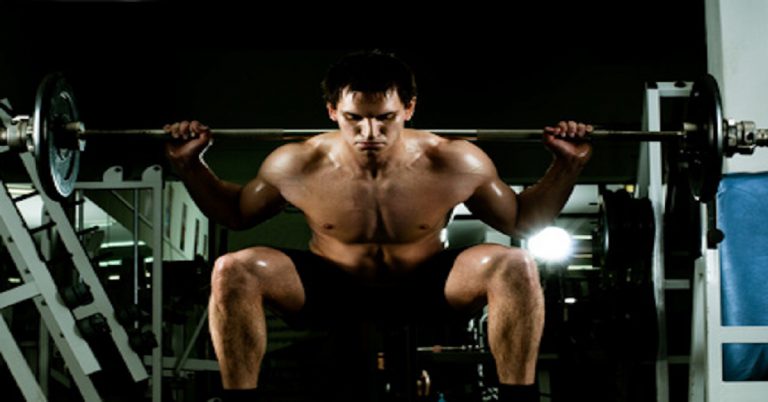
My Balls Were Frozen!
Every year from May to September, I do a medicine ball circuit outdoors at least once a week. It’s a fantastic conditioning method that gets

Every year from May to September, I do a medicine ball circuit outdoors at least once a week. It’s a fantastic conditioning method that gets

Every year, many professional bodybuilders take an extended leave from training. They do this for a few reasons. The rigors of training and dieting to

Weight training kills many birds with one stone—it improves strength, power, endurance, cardiovascular health, body composition, balance, and flexibility. Yes, flexibility! Many women avoid lifting

Various opinions will always exist on any form of training. Balance, agility, and plyometric training are no exceptions. Let’s take a look at what some

Should athletes train strength and power on the same day or alternate days? The best approach depends on the goal. A study published in the

A great way to structure strength training is by pairing antagonist (opposing) body parts or movement patterns. This method helps increase range of motion, promote

In this article, we’ll explore how strength training can improve posture. I won’t bore you with why so-called “ideal” posture is important—you can read my

For those who have read my article The Variable Recovery Training System, an advanced version exists. The routine is exactly the same as outlined in

If you think the anti-ice movement is gaining steam, you’re right! Here’s a recent study on the topic: Does Regular Post-exercise Cold Application Attenuate Trained

Here are two common questions in the strength world: You’ll find experts on both sides of the debate, but the truth is that any stimulus